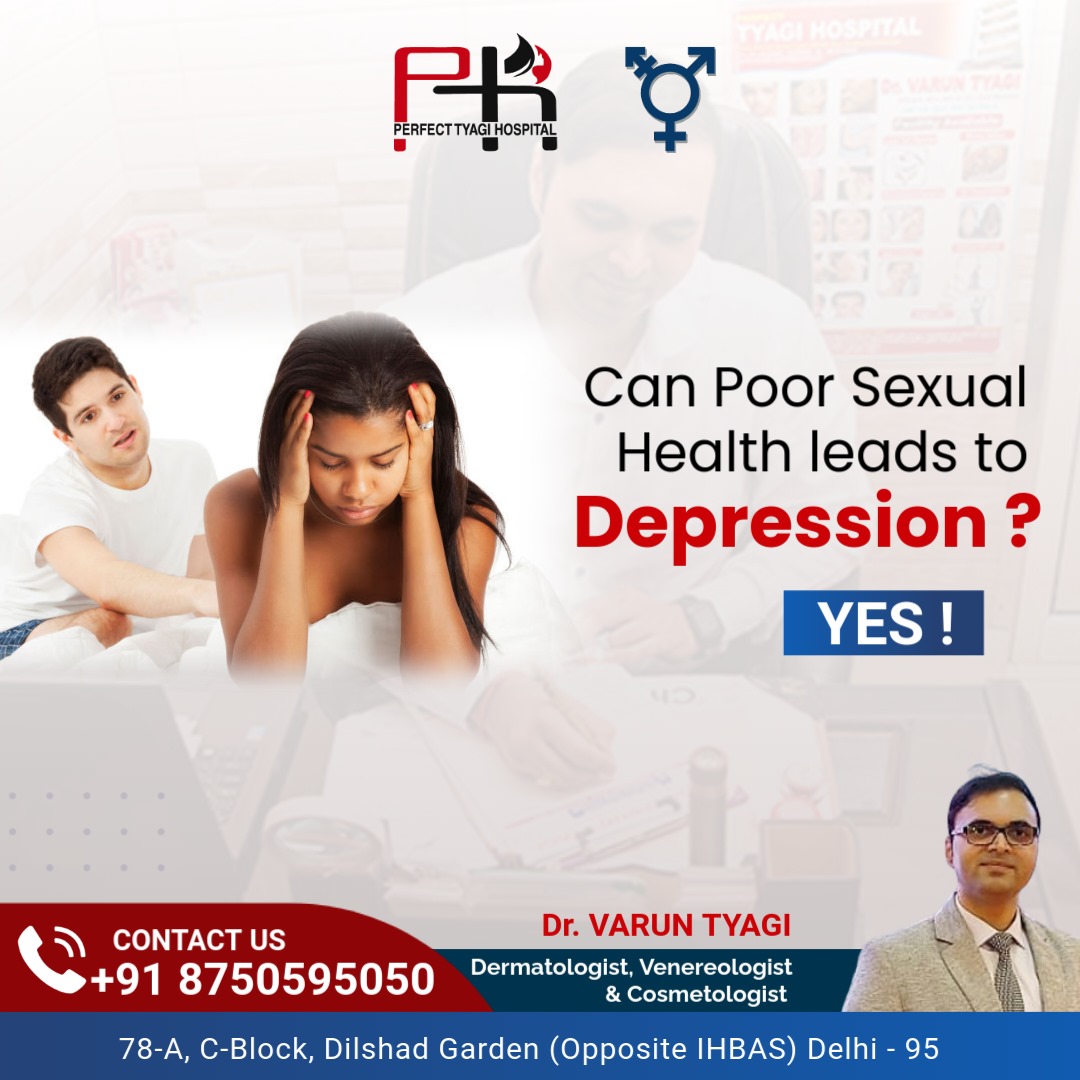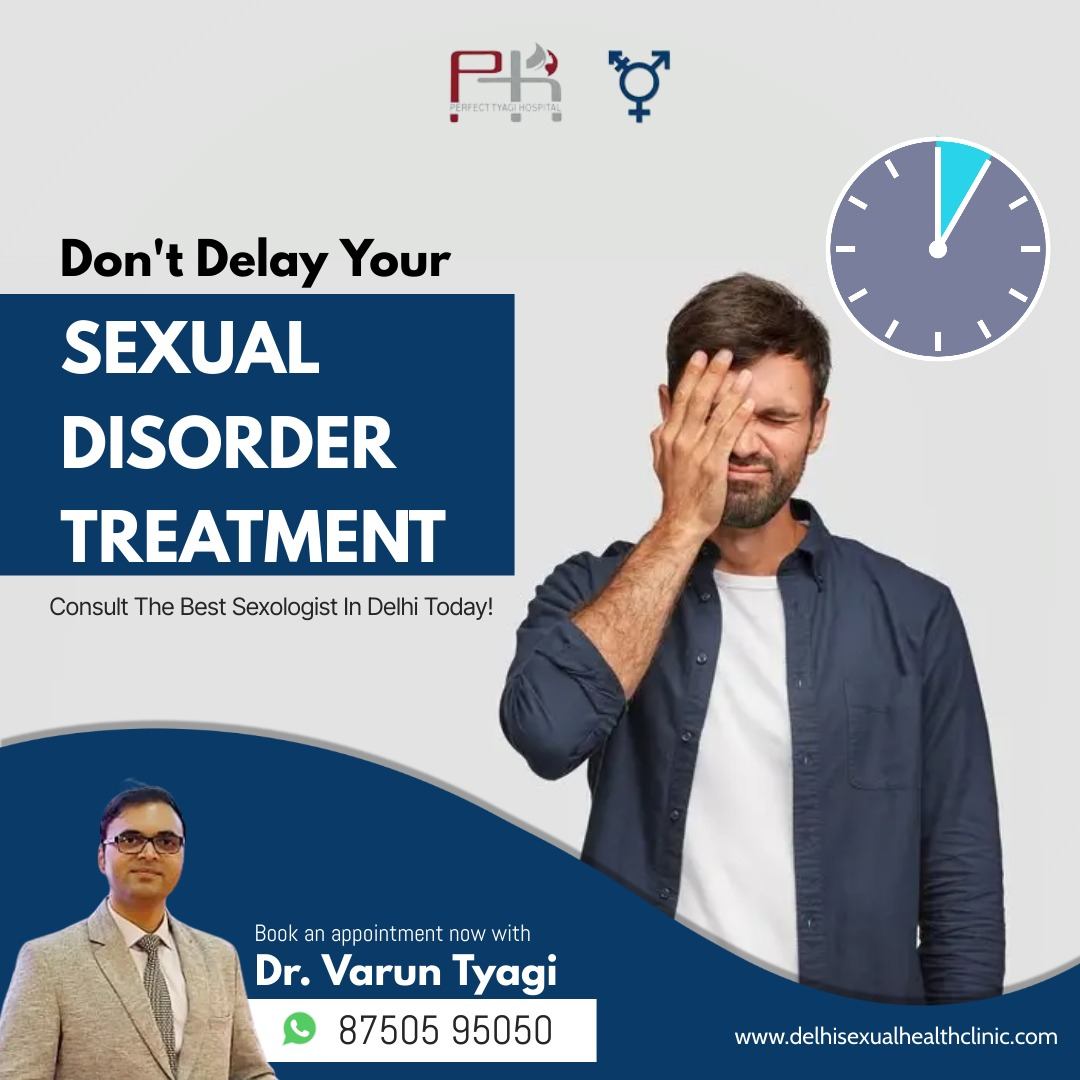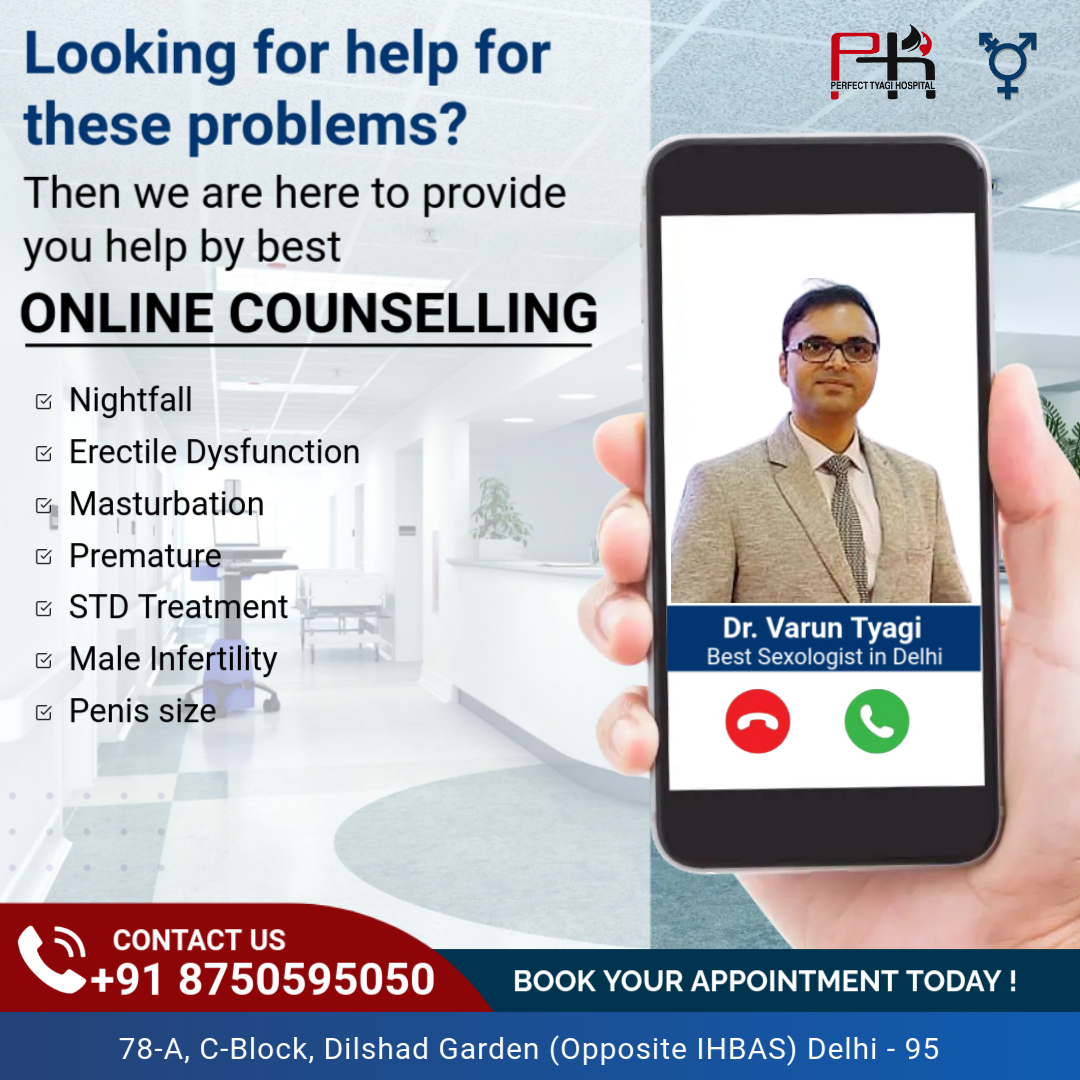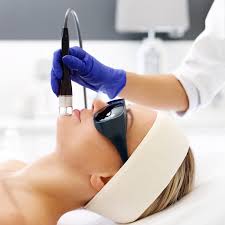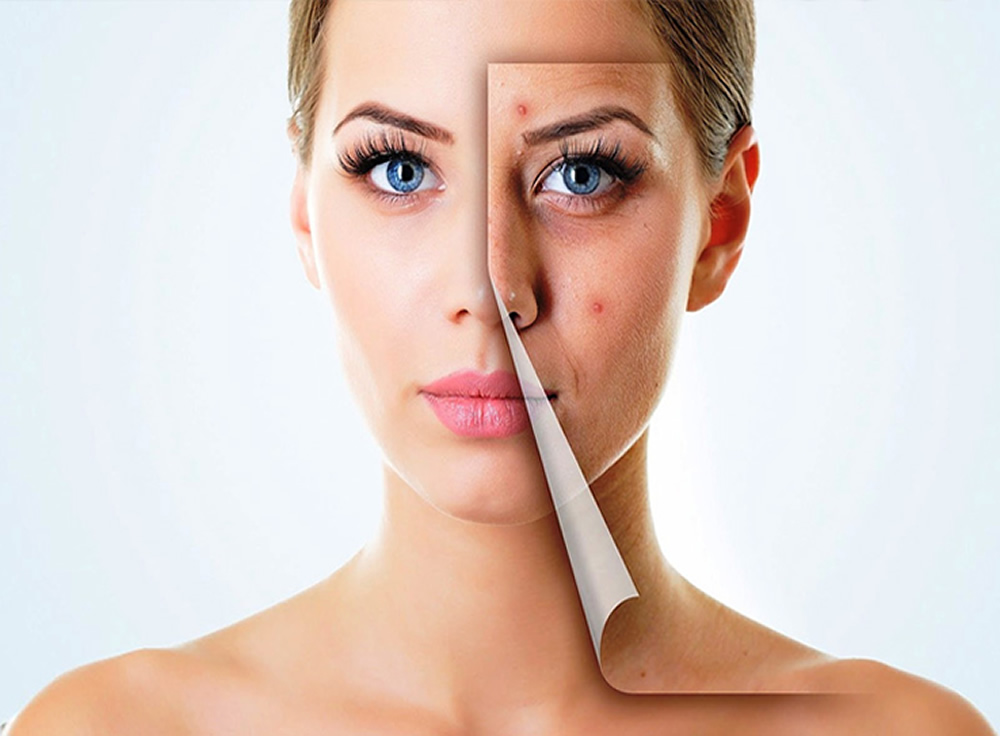Sexually transmitted diseases (STDs), or sexually transmitted infections (STIs), are infections that are passed from one person to another through sexual contact. The contact is usually vaginal, oral, or anal sex. But sometimes they can spread through other intimate physical contact.
Protection Against STIs
Condoms can protect you against STIs so you can relax and enjoy the journey. Just make sure they’re in good condition and up to date. Always use a water-based lubricant; other oil-based lubricants can cause the condom to break down. Also, if someone is forcing you to have unprotected sex when you want to use protection, remember that it is your body and your choice, so do what you want.
Common STI Types
Let’s get down to business: here are the most prevalent STIs and the symptoms to watch out for.
Chlamydia
Chlamydia is the most common sexually transmitted infection (STI) in the world, yet it often goes unnoticed – especially among women. That’s why it’s critical to get tested at the sexologist doctor‘s office or a sexual health clinic frequently.
If symptoms do appear, keep an eye out for the following:
-
Pain and discomfort while peeing
-
Pain in the abdomen
-
Vaginal or penile discharge that is unusual
-
If you’ve been having anal sex, you may experience discharge or bleeding from your anus
-
Bleeding between periods or after sex is common in women
-
Men may have enlarged or painful testicles
Genital Herpes
Genital herpes, like chlamydia, can be difficult to detect at first, with symptoms that aren’t always obvious. You’ll know you’re having an outbreak if itchy, uncomfortable red blisters and patches emerge down there.
Symptoms to look out for include:
-
Blisters or ulcers occurring on the genitals
-
Urinating causes itching or pain
-
Symptoms of a cold or flu
-
Feeling exhausted or depleted
Condoms do not provide complete protection against herpes because the diseased skin area is not always covered, but they do minimise the risk and should be worn.
Gonorrhoea
In India, gonorrhoea is frequent, especially among those under the age of 30. It’s a very contagious bacterial infection that, fortunately, can be treated with medication.
The following are some of the signs and symptoms of gonorrhoea:
-
When peeing or having intercourse, pain is experienced
-
Pain in the abdomen
-
Vaginal or penile discharge that is unusual
-
Bleeding between periods or after sex is common in women
-
Men may have enlarged or painful testicles




























